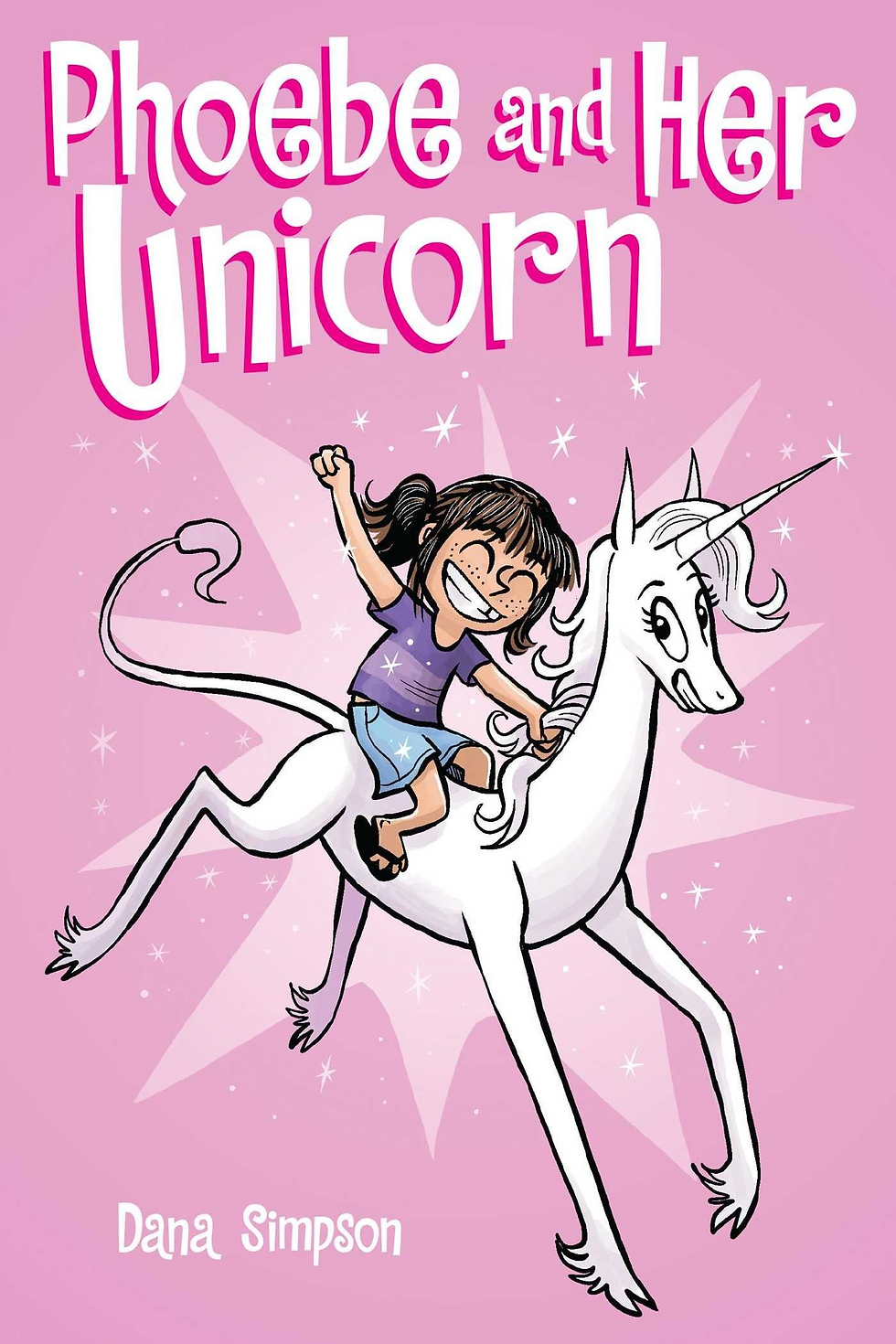Are we underestimating the power of reading comics?
- Oct 20, 2021
- 4 min read
If the purpose of reading is first and foremost entertainment, followed by all the benefits that we as parents would like our children to reap thereof, comics & graphic novels may just fit the bill.

"Comics and graphic novels are entertaining," says thirteen year old Ajay when asked why he chooses to read comics and graphic novels. "They are more descriptive and hence are far more impactful in terms of conveying the emotions of the characters as well as showcasing various elements every scene." Ajay over the past few months has been devouring the Marvel series thanks to his peer group which has been discussing the series with much enthusiasm, on their own initiative. Ajay and one of his peers didn't stop with the books but took a step further to research more about each of the Marvel characters and their avatars across time dimensions, in the process building a wealth of knowledge which they share every time they meet. Asking "What is the point of assimilating all this information?" is missing the point. These teenagers have been reading these graphic novels because it fascinates them. That fascination has led them to develop researching skills by getting more curious and asking questions. Not just that. In the spirit of sharing interesting information found, these teenagers have learnt to assimilate interesting information after pouring over pages and pages of information. The ability to be able to identify what is relevant from volumes of material and retain the same is a skill in itself which these children are picking up on their own.
These teenagers have been reading these graphic novels because it fascinates them. That fascination has led them to develop researching skills by getting more curious and asking questions. Not just that. In the spirit of sharing interesting information found, these teenagers have learnt to assimilate interesting information after pouring over pages and pages of information. The ability to be able to identify what is relevant from volumes of material and retain the same is a skill in itself which these children are picking up on their own.
When finishing a book becomes a criteria
Childhood is about having fun in everything one does. That's simply part of being a child. "I am a super fast reader and I can finish reading a comic in less than a minute!" While that is exciting from a child's point of view to say that, from a parent or teacher's point of view, the reality is obvious. Clearly, making an effort to read on one's own is not appealing enough. Announcing that assigned reading has been done gives a sense of satisfaction perhaps even relief unless ofcourse it backfires and questions are asked. This becomes a vicious circle resulting in the deepening of a negative association with reading. Reading often ends up being another task set by an adult based on which one will be tested later.
How do comics change that?
Comics and graphic novels are fast paced. For those who lack the patience to pour over lengthy texts, these books serve as a relief to sustain the joys of reading. How about vocabulary and good English, you ask? There are excellent authors (refer list at the end of the article) in this category who write stories that are easily to relate to, written using good English, have good plots and even slip in new words and their meanings tactfully into the dialogues.

Making reading a social activity:
Comics/graphic novels lend themselves more easily for drama especially when read together. In one of our sessions at the Young Readers' Club we chose to read a graphic novel recommended by one of the young readers -
Phoebe and Her Unicorn by Dana Simpson. This young reader had read this book several times but she was more than happy to read it all over again. She knew every twist and turn but that did not deter her from enjoying every bit of it while the rest of us anticipated what could happen next. There were instances when we were a little confused by the order of the scenes and she took over to explain, making inferences all the time.
As we read further, we saw the various layers of both the characters' personalities unravel themselves gradually depending on the circumstances in the book. There was room for debate and discussion in several parts of the book. The discussions revolved around the writer's choice of twists sometimes and on other times it was about the morality of the choices the characters made. There were no comprehension testing questions but only well rounded discussions. Participating in these discussions would mean expressing one's point of view in the context of the book rather than responding to a test that demands a child to remember what he or she read and give suitable answers.
Reading is not only about improving one's vocabulary but also to develop the skill of analysing the text to make meaningful inferences, real life connections and develop a sense of appreciation for the written mode of communication. Books such as this one give ample opportunity for the reader to make inferences, analyse the character's personalities, anticipate what could happen and what's more, tactfully introduce a number of new words in dialogues. Not just that, there is a lot to think about in terms of the choice of their actions and the consequences thereof. All of the above is something that even the heavy text books and illustrated books offer for the 9+ age group. So why not let a child read a comic or graphic novel if he or she chooses to?
Comics and graphic novel recommendations for 9+ age group:
Soccer Longshot written by C.J Renner and illustrated by Aburtov, Andres Esparza, Fernando Cano
Amar Chitra Katha
Real Friends by Shannon Hale
The Amulet Series by Kazu Kibuishi
Smile by Raina Telgemaeier
Tin Tin Series
Asterix Series







Comments